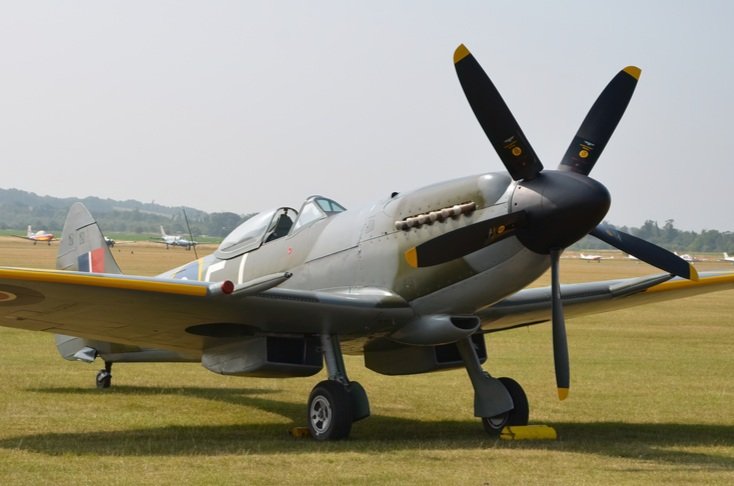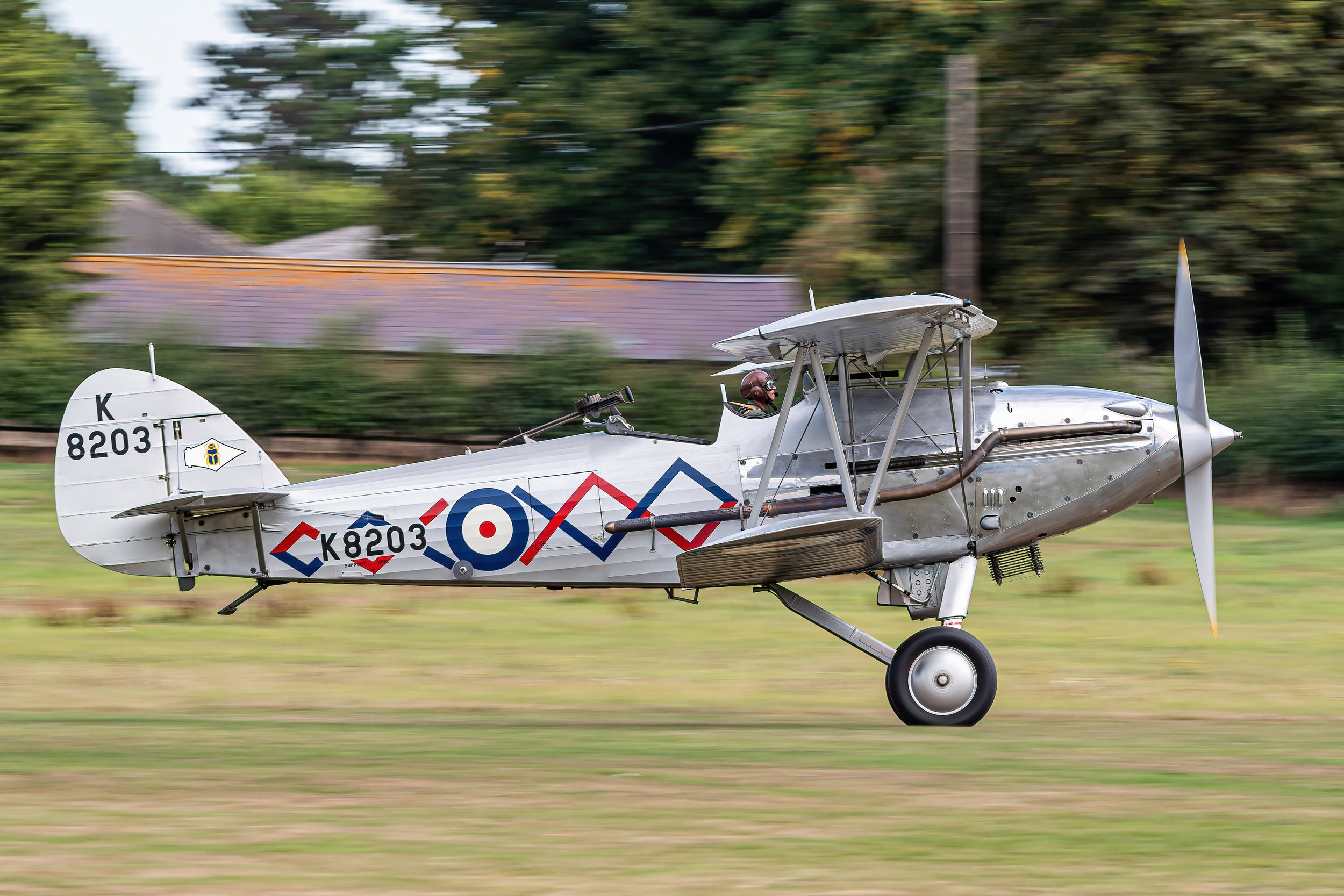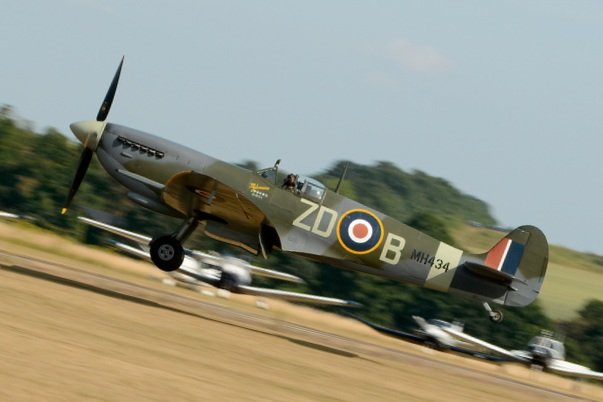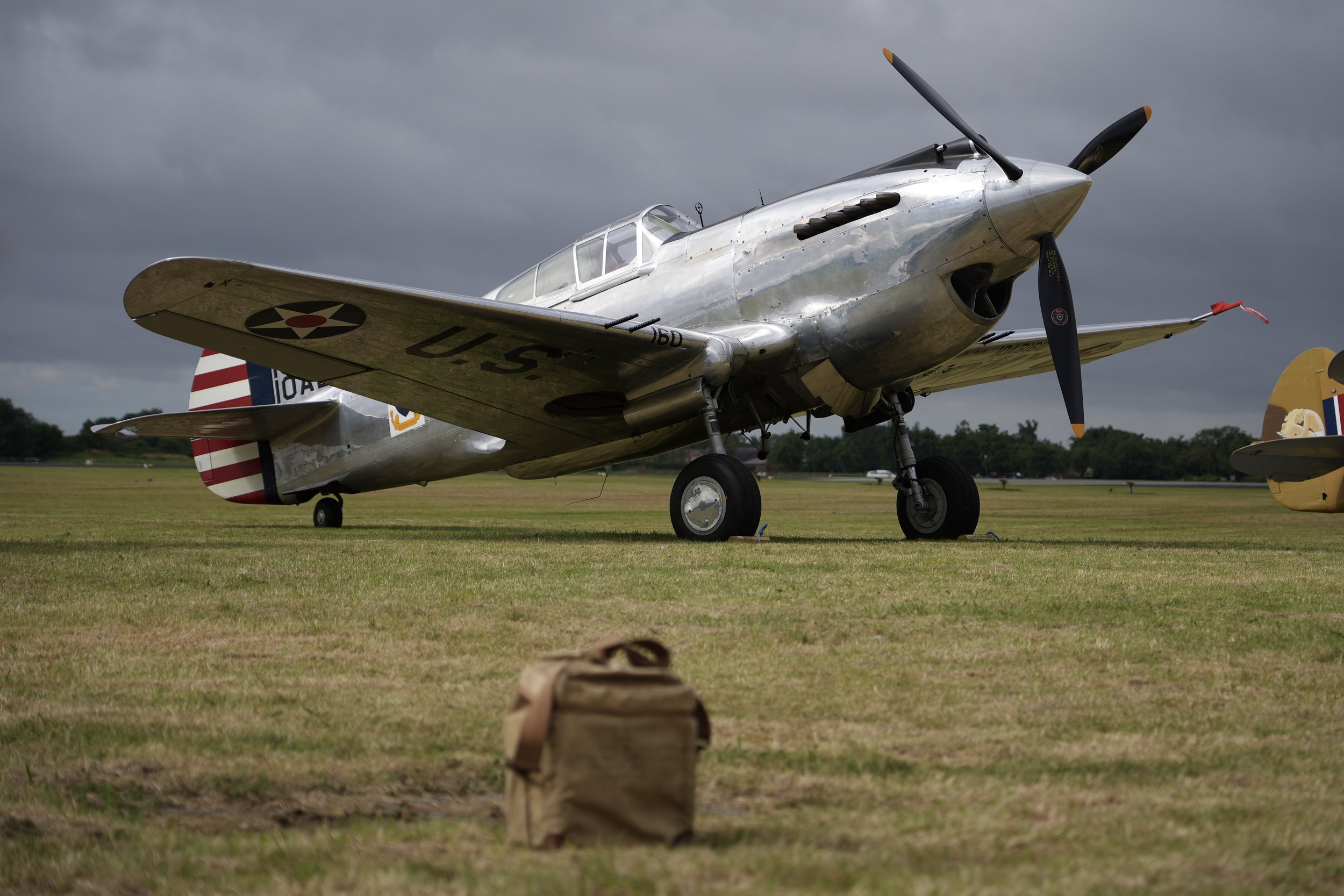Swordfish G-BMGC
Year built
1941
Aircraft
Swordfish Mk.I
Base
Royal Naval Air Station Yeovilton
W5856 is the oldest surviving airworthy Fairey Swordfish in the world. She first flew on Trafalgar Day (21 October) 1941 and was a “Blackfish”, built by Blackburn Aircraft at Sherburn-in-Elmet and delivered to 82 MU (Lichfield) on 20 October 1941 for overseas transport to Gibraltar. W5856 served with the Royal Navy’s Mediterranean Fleet for a year. Little is known of her role while on active Service in the Mediterranean but it is likely W5856 was based at North Front, Gibraltar, carrying out patrols over the Straits. She was then returned to Fairey’s Stockport factory for refurbishment during winter 1942/43.
Used for advanced flying training and trials, W5856 was transferred to the Royal Canadian Navy in 1944 and again used in a training role, then stored in reserve after the War’s end. She was disposed of and passed through the hands of at least two civilian operators, one being a farmer who it is understood had plans to turn her into a crop sprayer, before being purchased by Sir William Roberts and brought to Scotland to join his Strathallan Collection, arriving in crates in August 1977 in a badly corroded condition.
In 1990, the aircraft was bought by British Aerospace and completely restored to flying condition. Following a successful test flight at Brough in May 1993 she was gifted to the Royal Navy Historic Flight and three years later was adopted by the City of Leeds, in tribute to the local companies that built Swordfish components during WWII. She now wears the City’s coat of arms and name on her port side just forward of the pilot’s cockpit.
W5856 was grounded with corrosion in her wing spars in 2003 and her future looked uncertain. However with great generosity BAE Systems stepped in and constructed a new set of wings which were delivered in 2012. W5856 was finally restored to full flying condition and saved for the nation by a major grant from the Peter Harrison Heritage Foundation. The aircraft re-joined the display circuit in 2015, carrying a new paint scheme which depicts Swordfish of 820 Naval Air Squadron during the attack of the Bismarck in 1941.
The Fairey design for the Swordfish began as a private venture to satisfy a need to replace Greek Fairey IIIF aircraft. The original was known as the TSR1 (Torpedo Spotter Reconnaissance), but was not too successful and was significantly re-designed as the TSR2 and re-engined with the Bristol Pegasus before being regarded as satisfactory. This aircraft first flew in 1934 and was taken into Royal Navy service in 1936 as the Swordfish Mk.I.
By the start of WWII, technology had moved on apace and it was already regarded as obsolete, but with a large number already in service it was nonetheless put to good use. It earned its nickname ‘Stringbag’ because, like the shopping bags of the day, it could accommodate practically anything. It could carry a 1,610lb torpedo or a variety of depth charges, bombs, mines, rockets or flares.
Despite the Pegasus being the cutting edge of engine technology in 1934 it only managed to propel the ‘Fish at a stately 90 knots cruise when lightly laden and 82 knots with a torpedo underslung, though it did prove to be a very reliable engine. The crew of three were not afforded too much comfort, there being no heater and the fabric covering and open cockpit affording little shelter from the cold in winter. Highly manoeuvrable, not many disparaging remarks have been recorded except perhaps its lack of speed. This facet did however work in its favour because enemy guns found it difficult to off-set their sighting on such a slow target!
As with most Naval aircraft the wings fold to minimise the room taken up in a ships hangar. The undercarriage was designed to absorb a ‘firm’ arrival on the heaving flight deck of a ship at sea and she was fitted with an arrester hook to make a short landing, having caught a ‘wire’ on the carrier deck. Latterly some Swordfish were fitted with RATOG, a series of rockets that were fired to boost the aircraft to take off speed in a very short distance. The Observer navigated from the centre cockpit using stopwatch, compass and a considerable amount of intuition! The Telegraphist Air Gunner sat facing aft in the rear cockpit and operated the HF W/T radio set and the rearward facing .303 Lewis gun.
The type is famous for the attack on Taranto in November 1940, where 21 Swordfish effectively stopped the Italian battlefleet taking any aggressive part in WWII, (and which proved the blueprint for ‘Pearl Harbour’). The famous chase after the very fast and dangerous battleship ‘Bismarck’ ended when a Swordfish put a torpedo through the steering gear and the home fleet were able to sink her with gunfire. In February 1942, six Swordfish attempted to stop ‘Prinz Eugen’, Scharnhorst’ and ‘Gneisenau’ from moving up the English Channel in what is now known as the “Channel Dash”. The ships were very heavily defended by destroyers, E boats and a huge air armada and all six Swordfish were shot down. However, the bravery and fortitude of the crews in pressing home their attacks earned high praise and their Commanding Officer, Lt Cdr Eugene Esmonde was posthumously awarded the VC, one of only two such awards to Fleet Air Arm aircrew in WWII.
Probably the most important role the Swordfish played in the conflict was that of protection of the Atlantic and Arctic convoys. A large proportion of the war material needed came from North America, in convoys of ships which were being savaged by German submarine packs. Three types of shipping were employed: Naval Aircraft Carriers, Escort Carriers (merchant hulls modified to be dedicated aircraft carriers) and finally Merchant Aircraft Carriers (working oilers or grain ships with a flat deck welded above the hull known as MAC ships). Swordfish had the essential low speed handling characteristics to operate from these often small flight decks and yet still boasted a 4 hour endurance in the air. With constant daylight air cover, the submarines were kept below the surface where they were unable to move at more than 7 knots, thus rendering them less effective. Swordfish actually sank 21 submarines over the course of the war, most whilst escorting Arctic convoys to north Russia, and were responsible for the highest tonnage of enemy shipping sunk by any allied aircraft type.
The aircraft was incredibly versatile and has the distinction of being one of the few aircraft that remained in operational service throughout the WWII, even outlasting its intended replacement the Albacore.
Swordfish development continued throughout its lifetime and can be broadly categorised as follows:
MKI – First production series
MKII – Metal lower wings to enable mounting and firing of rockets, introduced in 1943
MKIII – Added Centimetric radar unit underneath the fuselage, introduced in 1943
MKIV – Last serial built in 1944 for RCAF and featured an enclosed cabin
| Back to Top |
Fairey Swordfish Mk.I
The Fairey Swordfish is a biplane torpedo bomber, designed by the Fairey Aviation Company. Originating in the early 1930s, the Swordfish, nicknamed "Stringbag", was principally operated by the Fleet Air Arm of the Royal Navy. It was also used by the Royal Air Force (RAF), as well as several overseas operators, including the Royal Canadian Air Force (RCAF) and the Royal Netherlands Navy. It was initially operated primarily as a fleet attack aircraft. During its later years, the Swordfish was increasingly used as an anti-submarine and training platform. The type was in frontline service throughout the Second World War.
Despite being representative of early 1930s aircraft design and teetering on the edge of becoming outdated (in comparison to some alternatives), the Swordfish achieved some spectacular successes during the war. Notable events included sinking one battleship and damaging two others of the Regia Marina (the Italian navy) during the Battle of Taranto, and the famous attack on the German battleship Bismarck, which contributed to her eventual demise. Swordfish sank a greater tonnage of Axis shipping than any other Allied aircraft during the war. The Swordfish remained in front-line service until V-E Day, having outlived some of the aircraft intended to replace it.
The Fairey Swordfish was a medium-sized biplane torpedo bomber and reconnaissance aircraft. The Swordfish employed a metal airframe covered in fabric. It had folding wings as a space-saving measure, which was useful onboard aircraft carriers and battleships. In service, it received the nickname Stringbag; this was not due to its biplane struts, spars, and braces, but a reference to the seemingly endless variety of stores and equipment that the type was cleared to carry. Crews likened the aircraft to a housewife's string shopping bag, common at the time and which could accommodate contents of any shape, and that a Swordfish, like the shopping bag, could carry anything.
The primary weapon of the Swordfish was the aerial torpedo, but the low speed of the biplane and the need for a long straight approach made it difficult to deliver against well-defended targets. Swordfish torpedo doctrine called for an approach at 5,000 feet (1,500 m) followed by a dive to torpedo release altitude of 18 feet (5.5 m). The maximum range of the early Mark XII torpedo was 1,500 yards (1,400 m) at 40 knots (74 km/h; 46 mph) and 3,500 yards (3,200 m) at 27 knots (50 km/h; 31 mph). The torpedo travelled 200 feet (61 m) forward from release to water impact and required another 300 yards (270 m) to stabilise at preset depth and arm itself. The ideal release distance was 1,000 yards (910 m) from the target if the Swordfish survived to that distance.
The Swordfish was also capable of operating as a dive-bomber. In 1939, Swordfish on board HMS Glorious participated in a series of dive-bombing trials, during which 439 practice bombs were dropped at dive angles of 60, 67 and 70 degrees, against the target ship HMS Centurion. Tests against a stationary target showed an average error of 49 yd (45 m) from a release height of 1,300 ft (400 m) and a dive angle of 70 degrees; tests against a manoeuvring target showed an average error of 44 yd (40 m) from a drop height of 1,800 ft (550 m) and a dive angle of 60 degrees.
After more modern torpedo attack aircraft were developed, the Swordfish was soon redeployed successfully in an anti-submarine role, armed with depth charges or eight "60 lb" (27 kg) RP-3 rockets and flying from the smaller escort carriers, or even merchant aircraft carriers (MACs) when equipped for rocket-assisted takeoff (RATO). Its low stall speed and inherently tough design made it ideal for operation from the MACs in the often severe mid-Atlantic weather. Indeed, its takeoff and landing speeds were so low that, unlike most carrier-based aircraft, it did not require the carrier to be steaming into the wind. On occasion, when the wind was right, Swordfish were flown from a carrier at anchor.
| Back to Top |
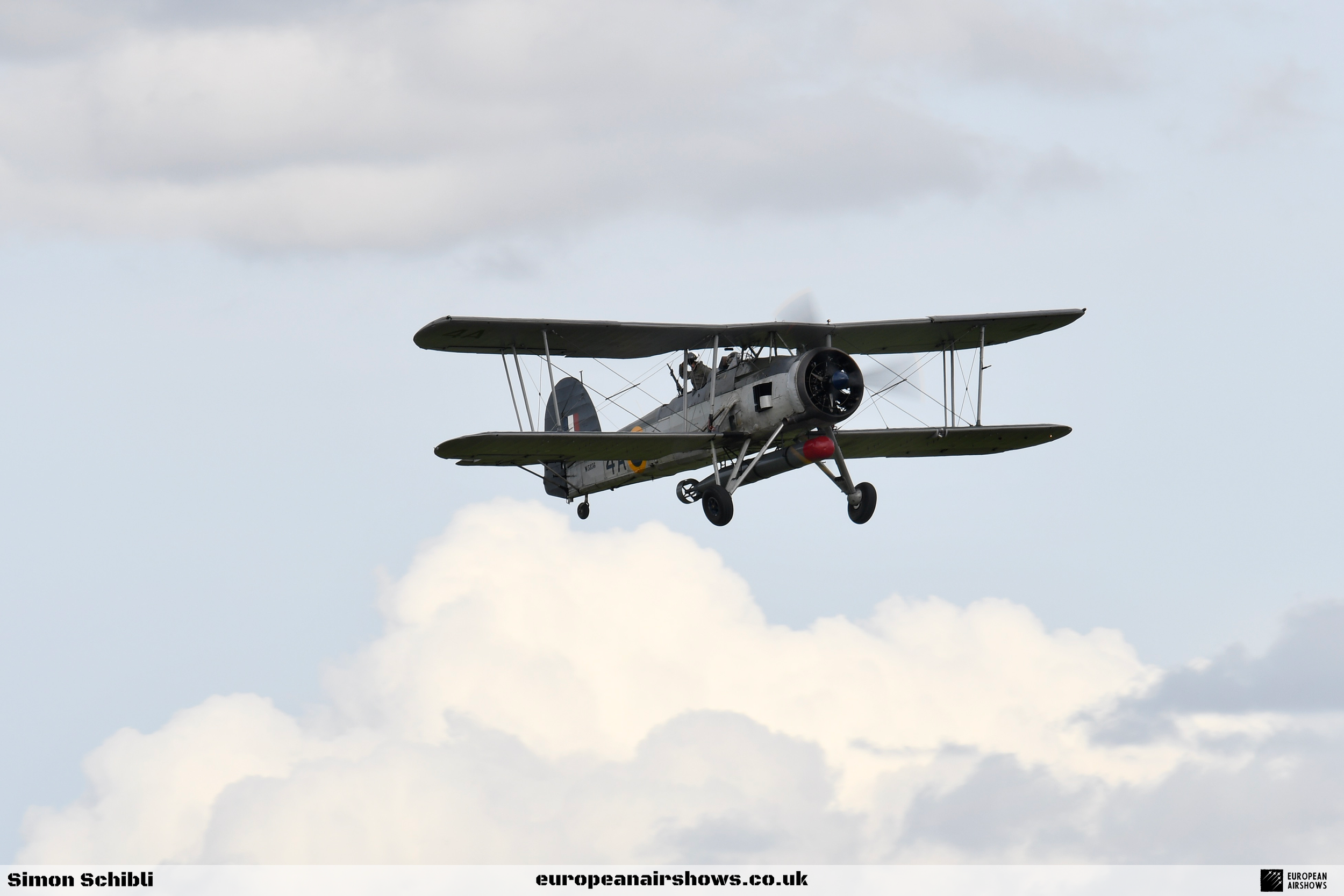
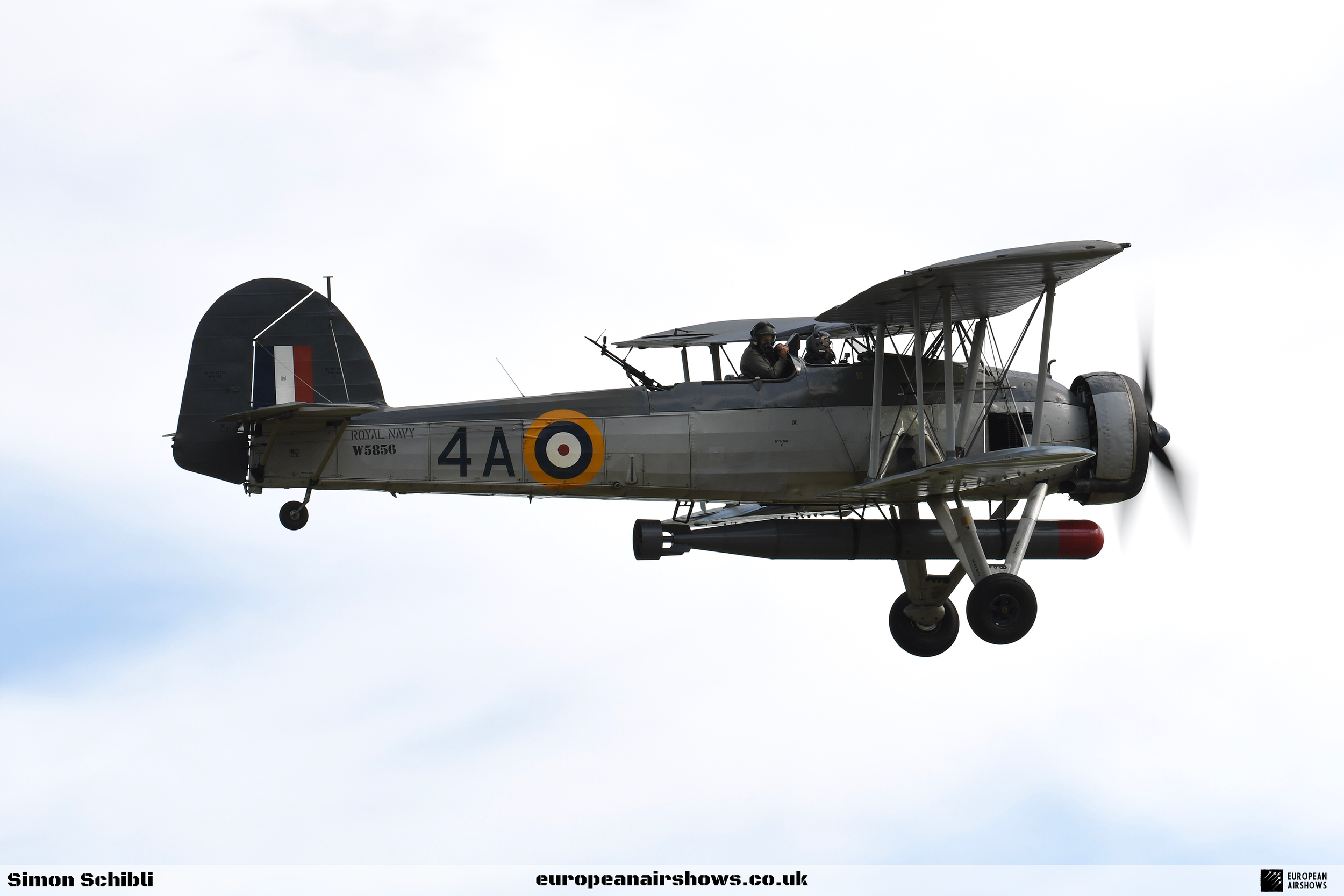
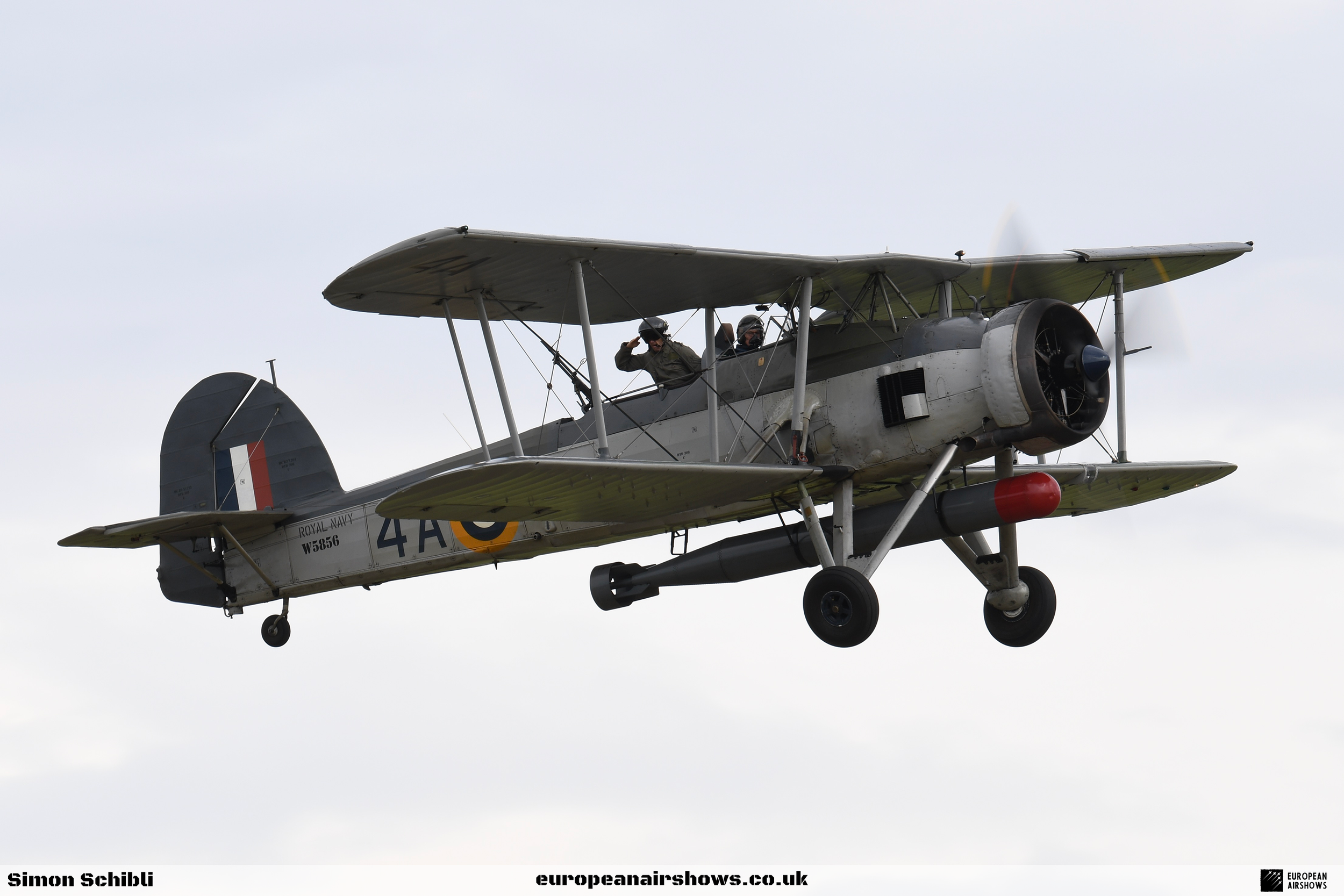

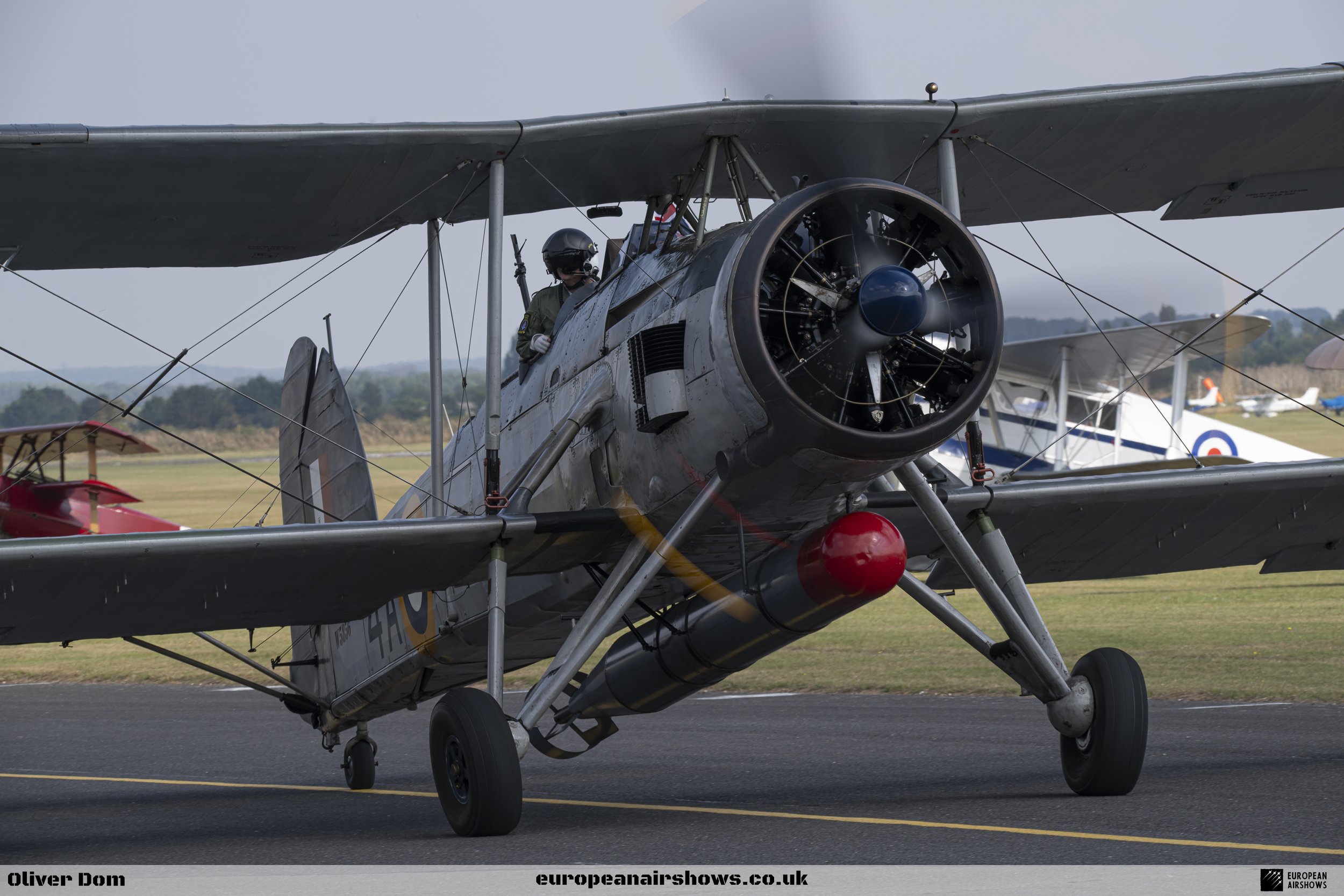
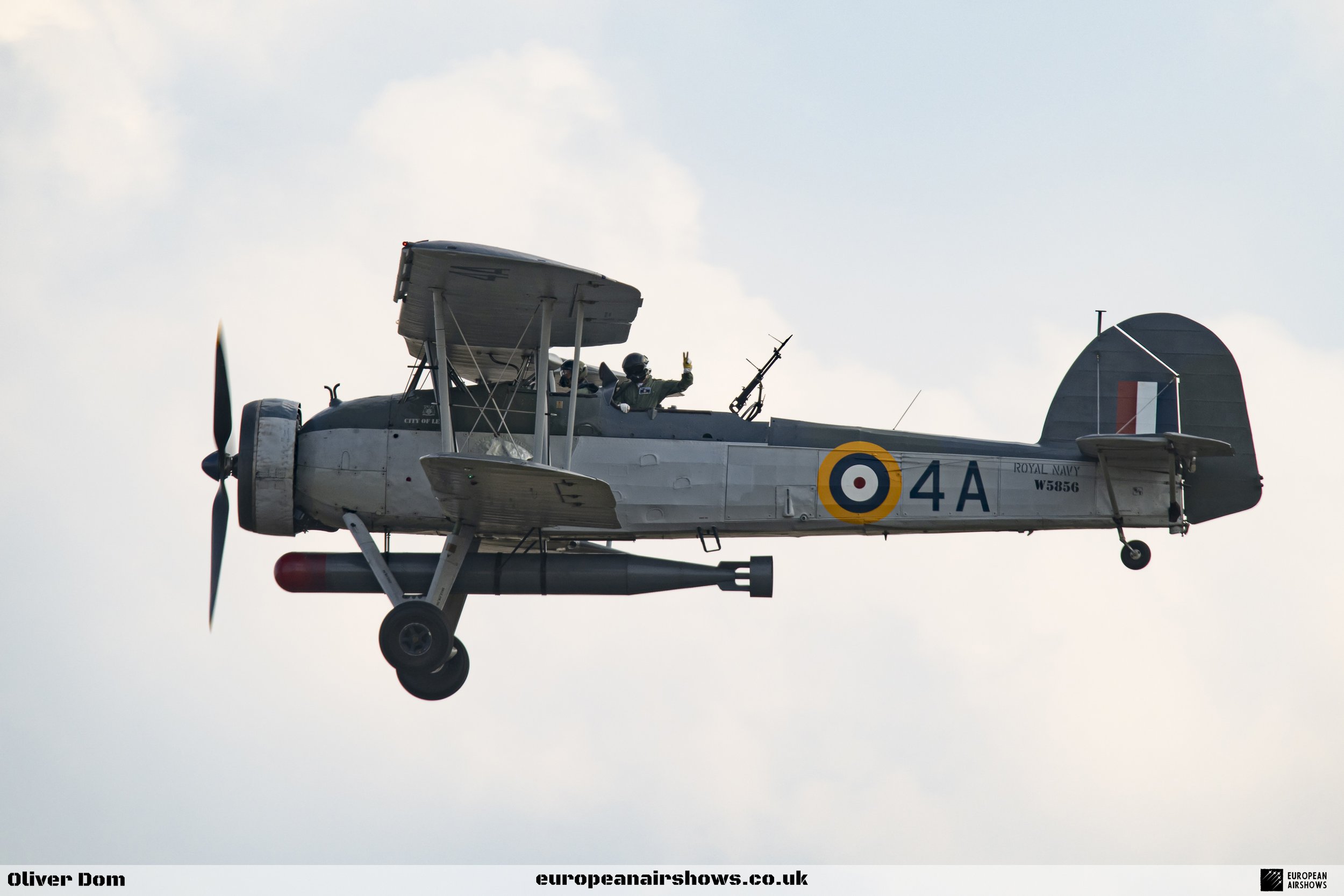
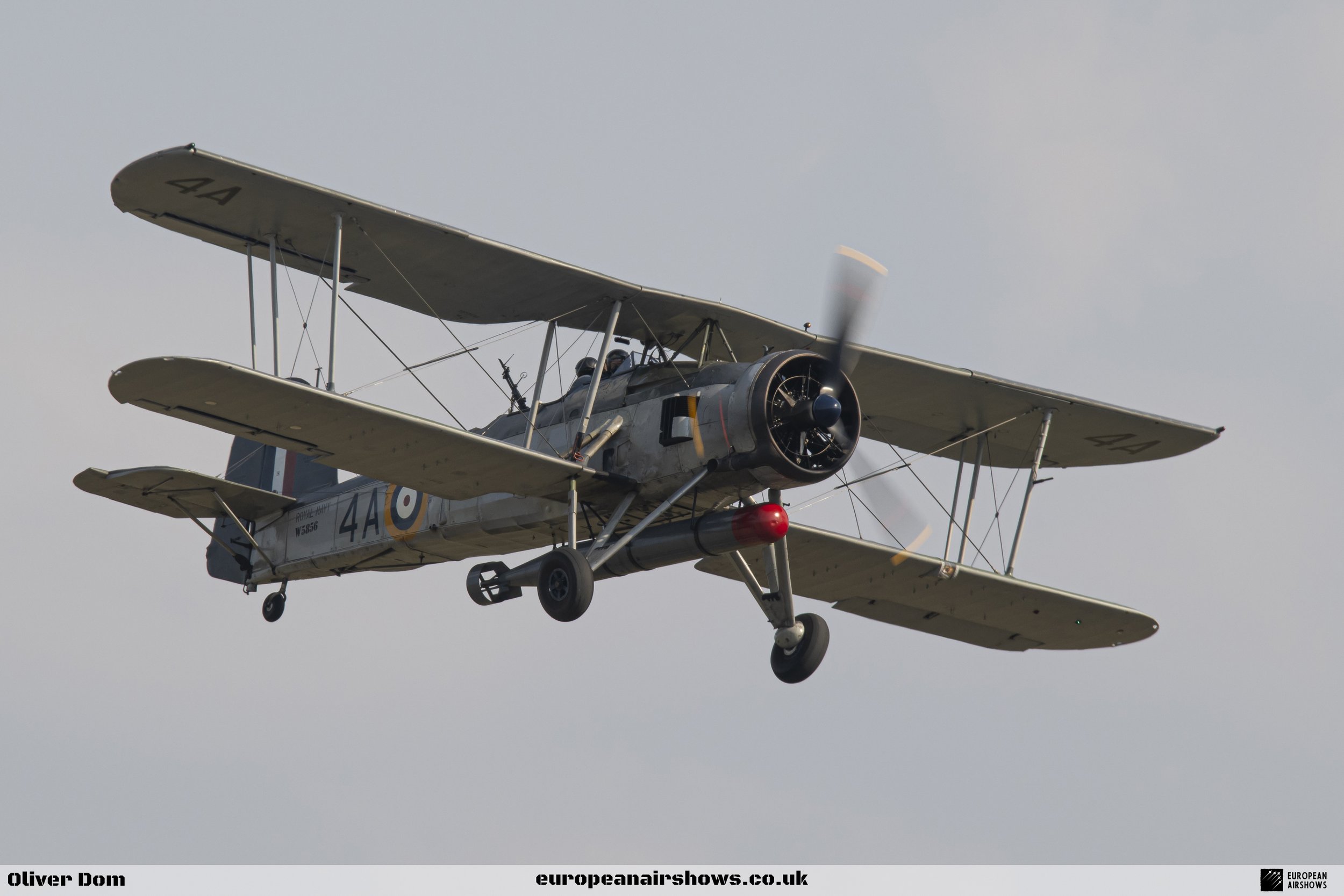
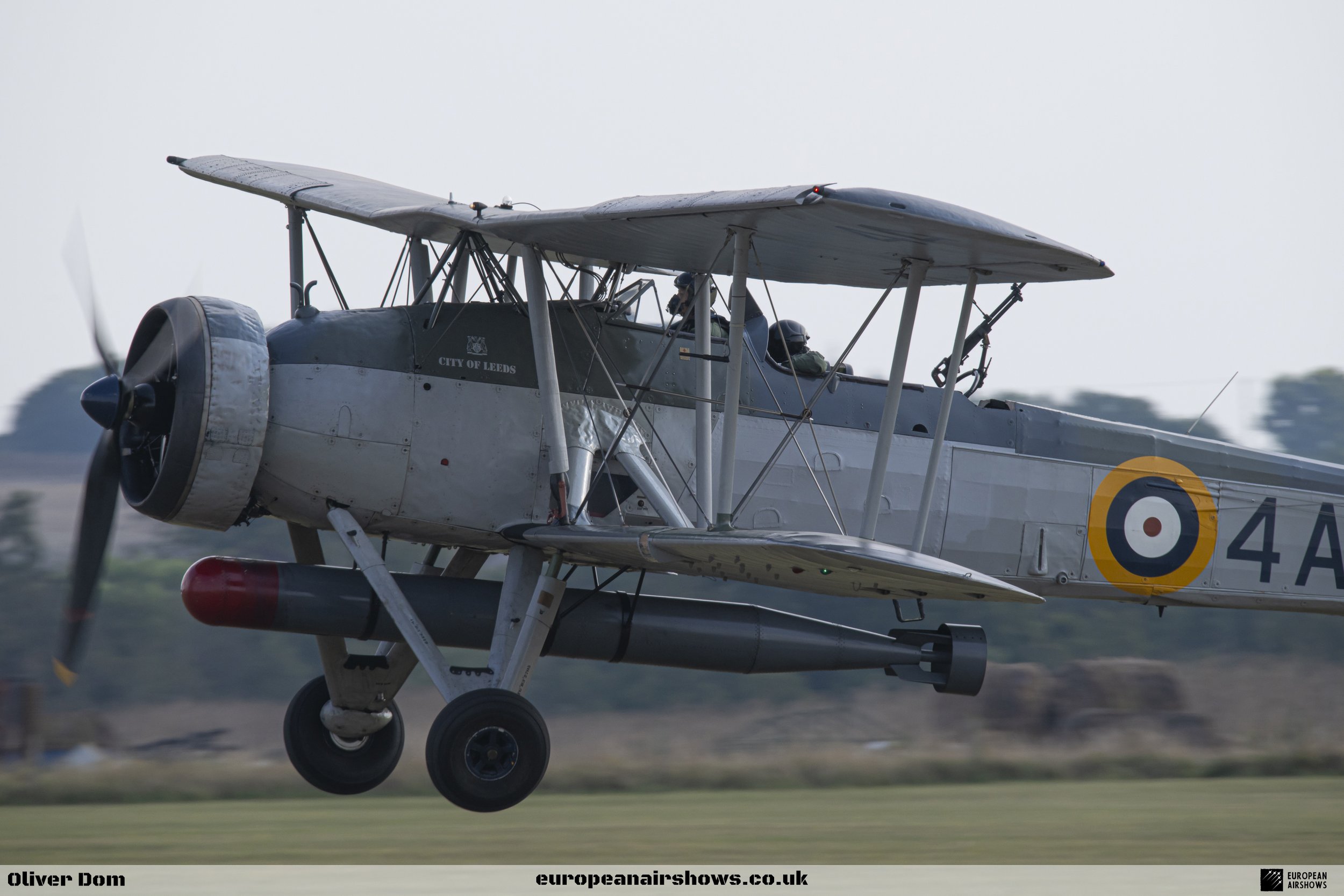
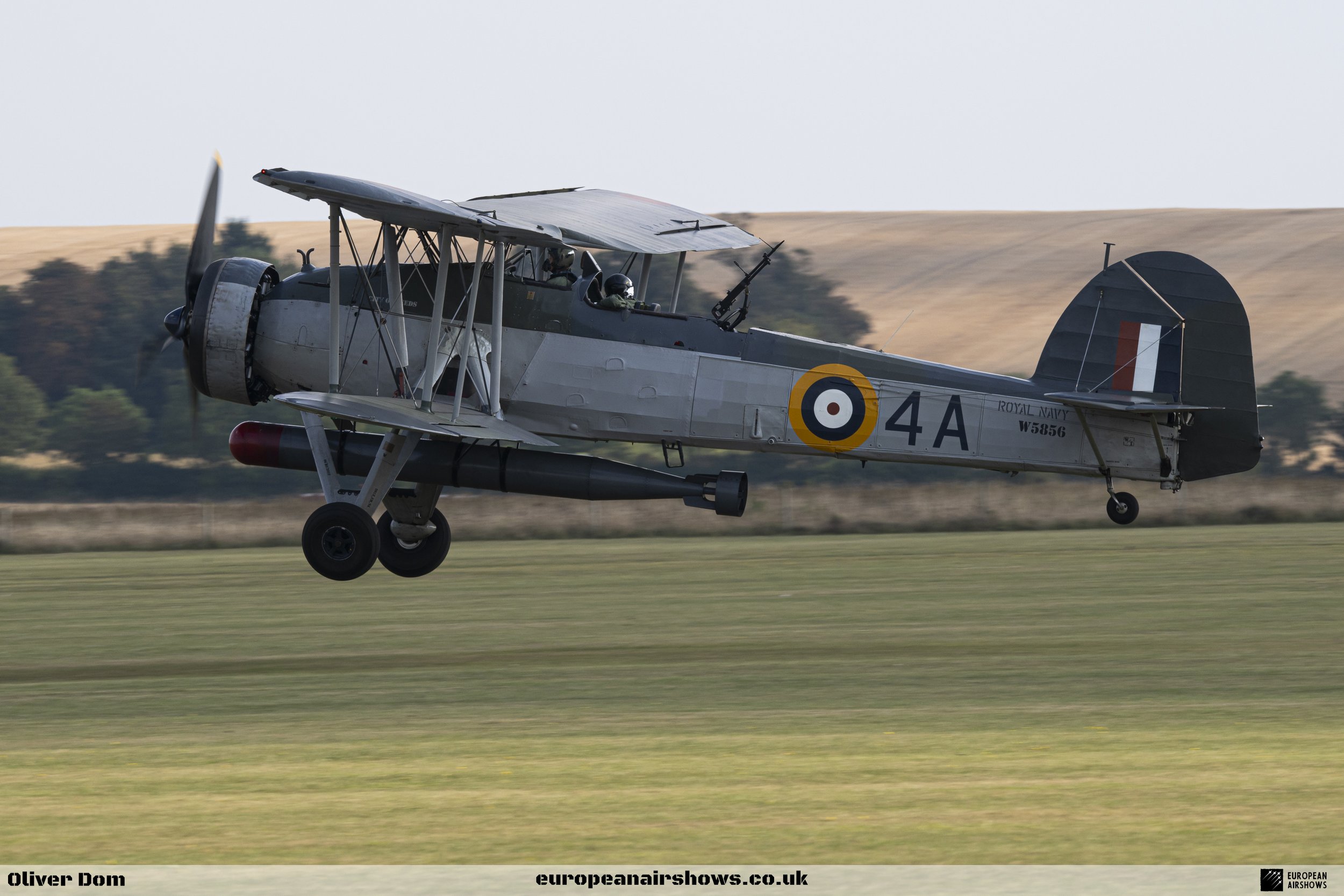
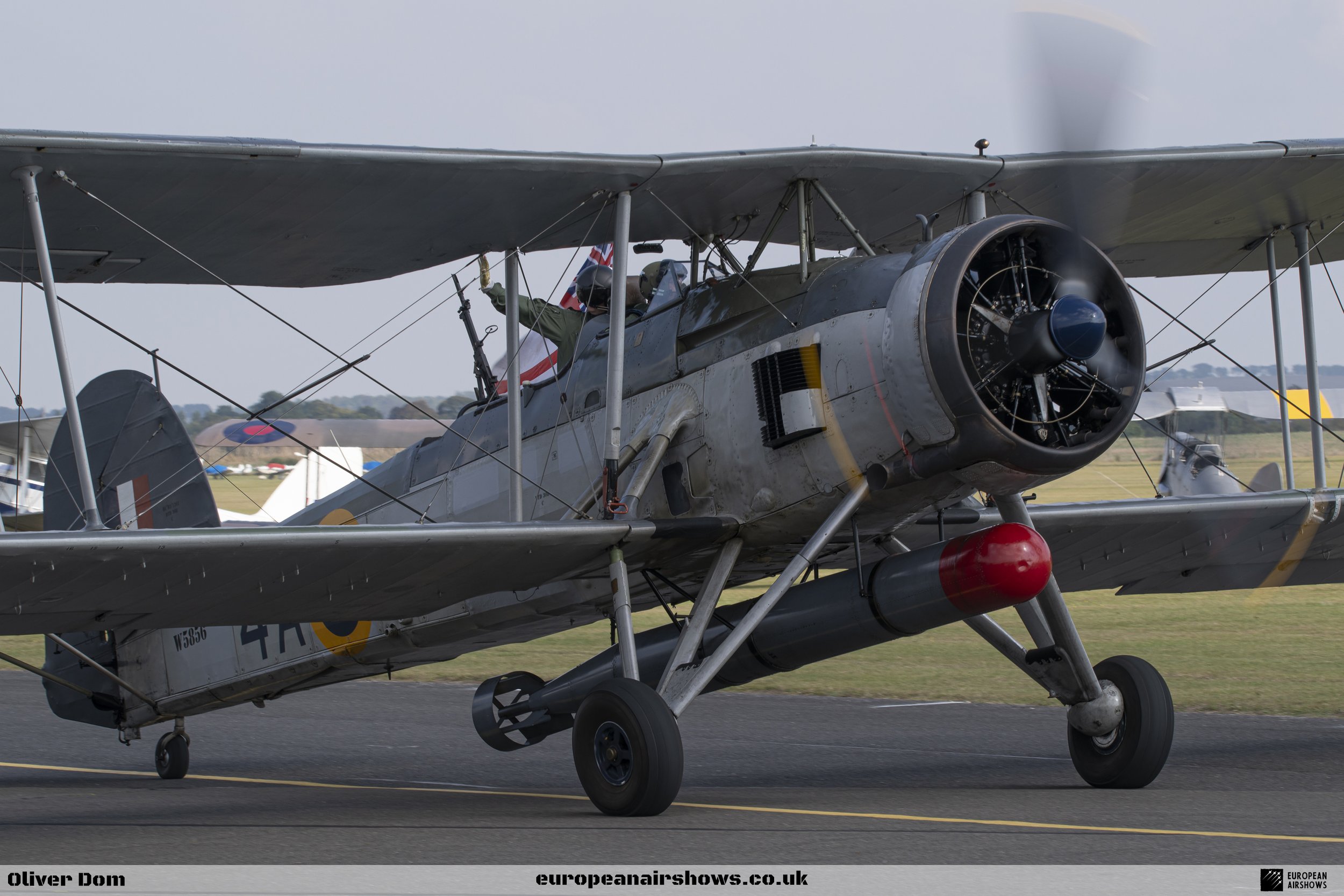
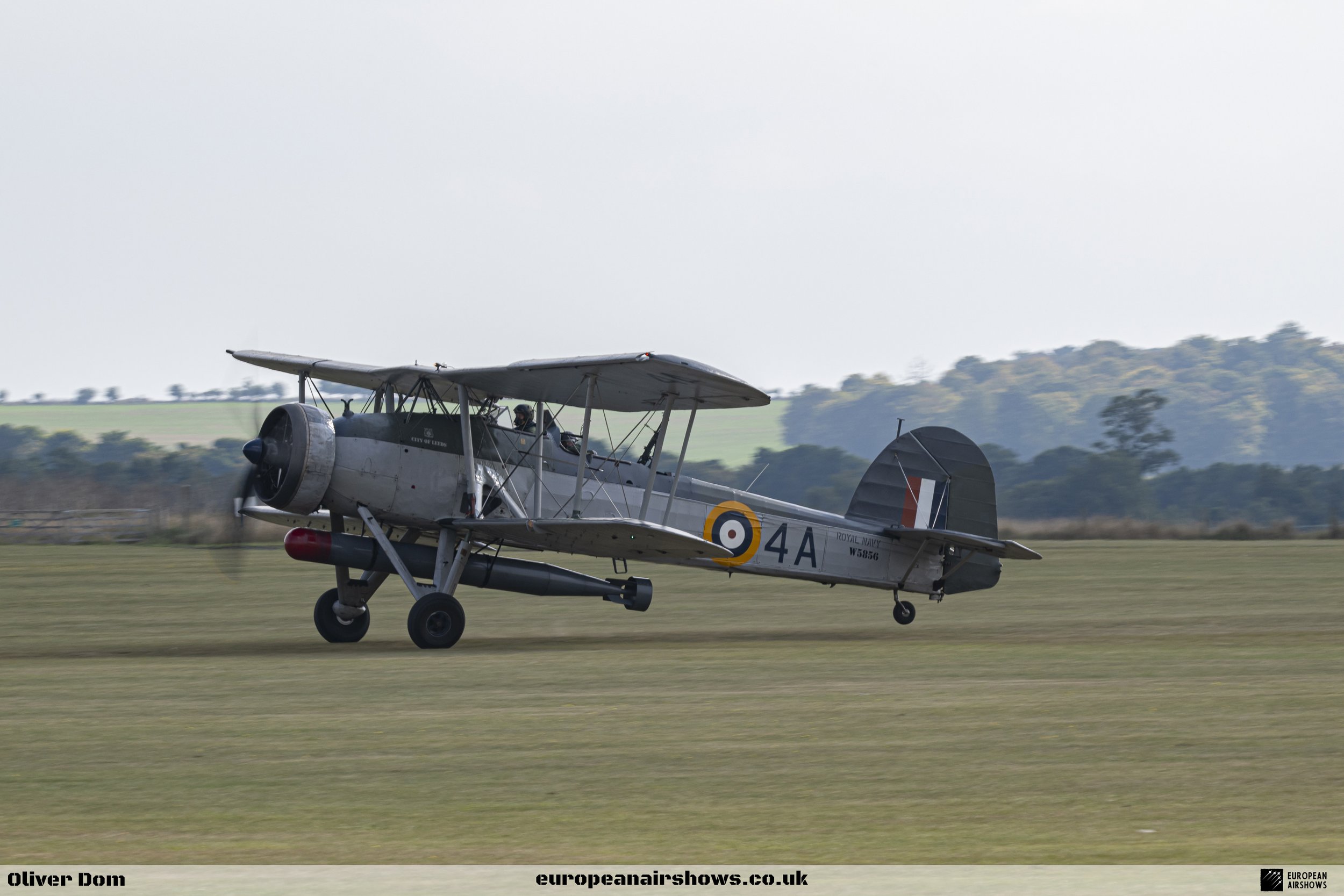
| Back to Top |






















